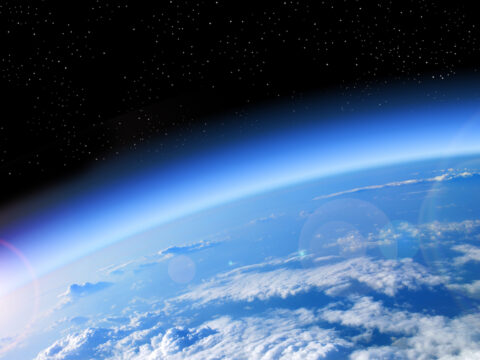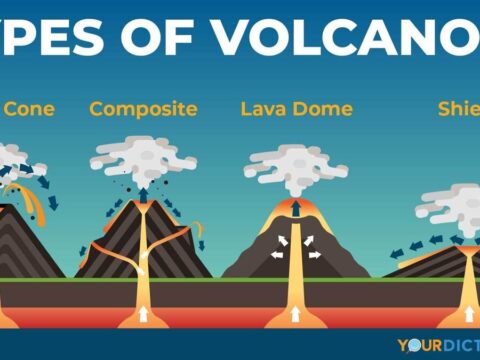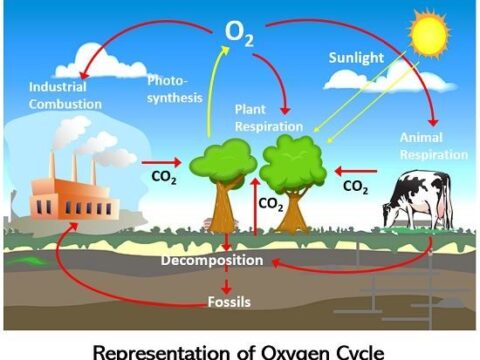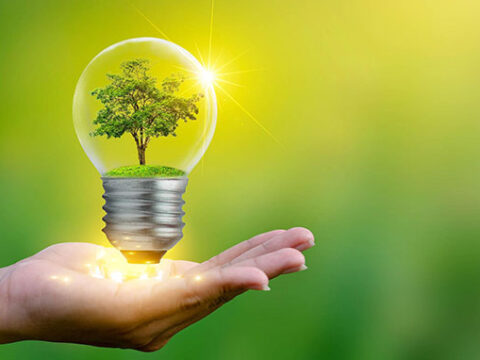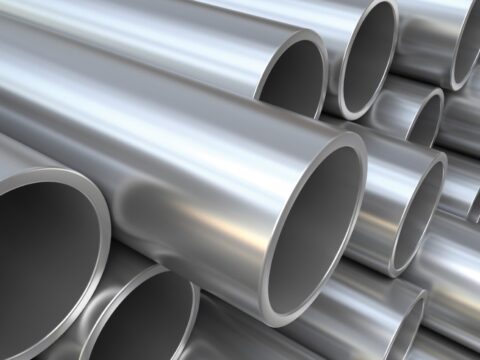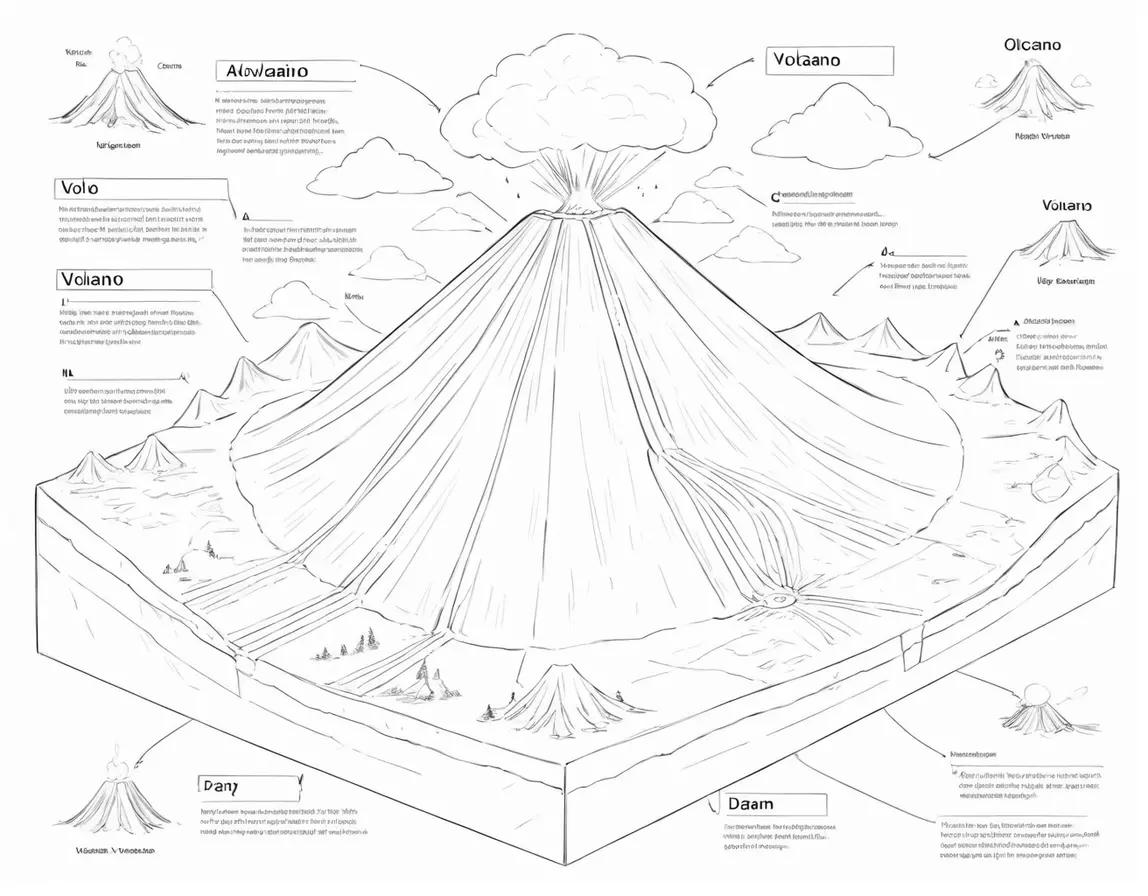
Water, a vital resource for life on Earth, faces increasing threats from pollution, jeopardizing ecosystems, human health, and global sustainability. This exploration delves into the complexities of water pollution, examining its various sources, the pervasive effects on the environment, and potential solutions to safeguard our water resources.
Introduction to Water Pollution:
Definition: Water pollution refers to the contamination of water bodies, such as rivers, lakes, oceans, and groundwater, with harmful substances. These contaminants can originate from natural sources or human activities, disrupting the balance of aquatic ecosystems.
Types of Water Pollution: Water pollution can manifest in several forms:
Chemical Pollution: Involves the introduction of harmful chemicals into water bodies, often from industrial discharges or agricultural runoff.
Nutrient Pollution: Results from the excessive presence of nutrients, such as nitrogen and phosphorus, leading to algal blooms and oxygen depletion.
Microbial Pollution: Arises from the release of disease-causing microorganisms, often from untreated sewage and animal waste.
Physical Pollution: Includes the presence of suspended solids, sediments, or debris that alter the physical characteristics of water.
Causes of Water Pollution:
Industrial Discharges: Industries release a myriad of pollutants into water bodies, including heavy metals, chemicals, and toxins. Improper disposal practices and lack of treatment facilities contribute to industrial water pollution.
Agricultural Runoff: The use of fertilizers, pesticides, and herbicides in agriculture results in runoff that carries harmful chemicals into water bodies. This nutrient-rich runoff can lead to eutrophication and harmful algal blooms.
Urbanization and Stormwater Runoff: Urban areas with impervious surfaces, such as roads and pavements, contribute to stormwater runoff carrying pollutants like oil, heavy metals, and debris into waterways.
Improper Waste Disposal: Inadequate disposal of household and municipal waste introduces pollutants into water bodies. Unregulated dumping of plastics, chemicals, and pharmaceuticals poses a significant threat to aquatic ecosystems.
Effects of Water Pollution:
Impact on Aquatic Ecosystems: Water pollution disrupts the delicate balance of aquatic ecosystems, leading to the decline of biodiversity. Fish, amphibians, and other aquatic organisms suffer from habitat degradation, reduced oxygen levels, and exposure to harmful substances.
Human Health Risks: Contaminated water poses severe risks to human health. Consumption of polluted water can lead to waterborne diseases, such as cholera and dysentery, while long-term exposure to certain pollutants may result in chronic health issues.
Economic Consequences: Water pollution adversely affects economies dependent on water resources. Impaired water quality can harm fisheries, tourism, and agriculture, leading to financial losses for communities and nations.
Monitoring and Assessment:
Water Quality Monitoring: Regular monitoring of water quality is essential to identify sources of pollution and assess the health of water bodies. Parameters such as dissolved oxygen levels, nutrient concentrations, and the presence of specific pollutants are measured to gauge water quality.
Ecological Assessments: Ecological assessments examine the impact of water pollution on the health and diversity of aquatic ecosystems. Studies of macroinvertebrates, algae, and fish populations provide insights into the ecological integrity of water bodies.
Mitigation and Solutions:
Wastewater Treatment: Implementing effective wastewater treatment processes is crucial to remove pollutants before discharging water into natural bodies. Treatment plants utilize physical, chemical, and biological processes to purify water.
Best Management Practices in Agriculture: Encouraging farmers to adopt best management practices, such as precision agriculture, cover cropping, and buffer zones, helps reduce nutrient runoff and minimize the impact of agriculture on water quality.
Pollution Prevention in Industries: Industries can adopt cleaner production methods, implement recycling and reuse practices, and adhere to stringent environmental regulations to minimize their impact on water bodies.
Legislation and Enforcement: Stringent environmental laws and regulations, when effectively enforced, act as powerful tools to curb water pollution. Monitoring compliance, imposing penalties for violations, and incentivizing sustainable practices contribute to pollution prevention.
Restoration and Rehabilitation:
Riparian Zone Restoration: Protecting and restoring riparian zones—areas along the banks of rivers and lakes—is crucial for maintaining water quality. These zones act as natural buffers, filtering pollutants and preventing erosion.
Wetland Conservation: Wetlands play a vital role in purifying water by filtering sediments and absorbing pollutants. Conservation and restoration efforts focus on preserving and rehabilitating these critical ecosystems.
Public Awareness and Education:
Community Engagement: Public awareness campaigns and community involvement are integral components of water pollution prevention. Educating the public about the importance of responsible waste disposal, water conservation, and pollution reduction fosters a sense of environmental responsibility.
Citizen Science Initiatives: Involving citizens in water quality monitoring through citizen science initiatives empowers communities to actively contribute to the protection and restoration of local water bodies.
Global Perspectives and Collaboration:
International Cooperation: Water pollution is a global challenge that requires international collaboration. Shared water bodies necessitate coordinated efforts among nations to address transboundary pollution and establish common conservation goals.
Sustainable Development Goals (SDGs): The United Nations’ Sustainable Development Goal 6 (SDG 6) aims to ensure the availability and sustainable management of water and sanitation for all. Achieving this goal requires concerted efforts to address water pollution on a global scale.
Ecosystems, communities, and businesses all over the world are in danger because of water pollution. It is important to understand the causes, effects, and possible solutions in order to come up with complete plans to protect our water supplies. Getting clean water to everyone in the world can become a top goal in the future. This can be done through new technologies, rules, community involvement, and international cooperation.

